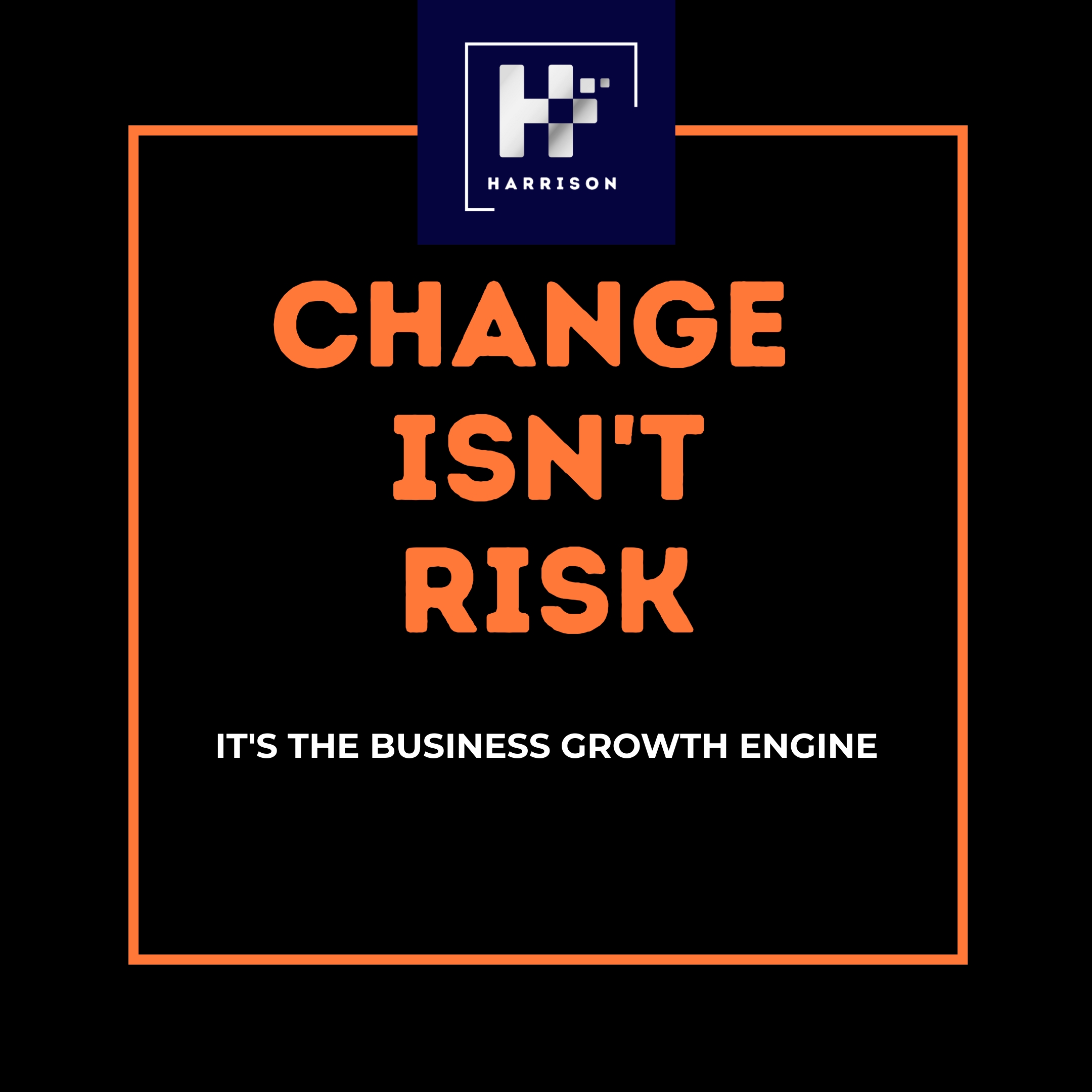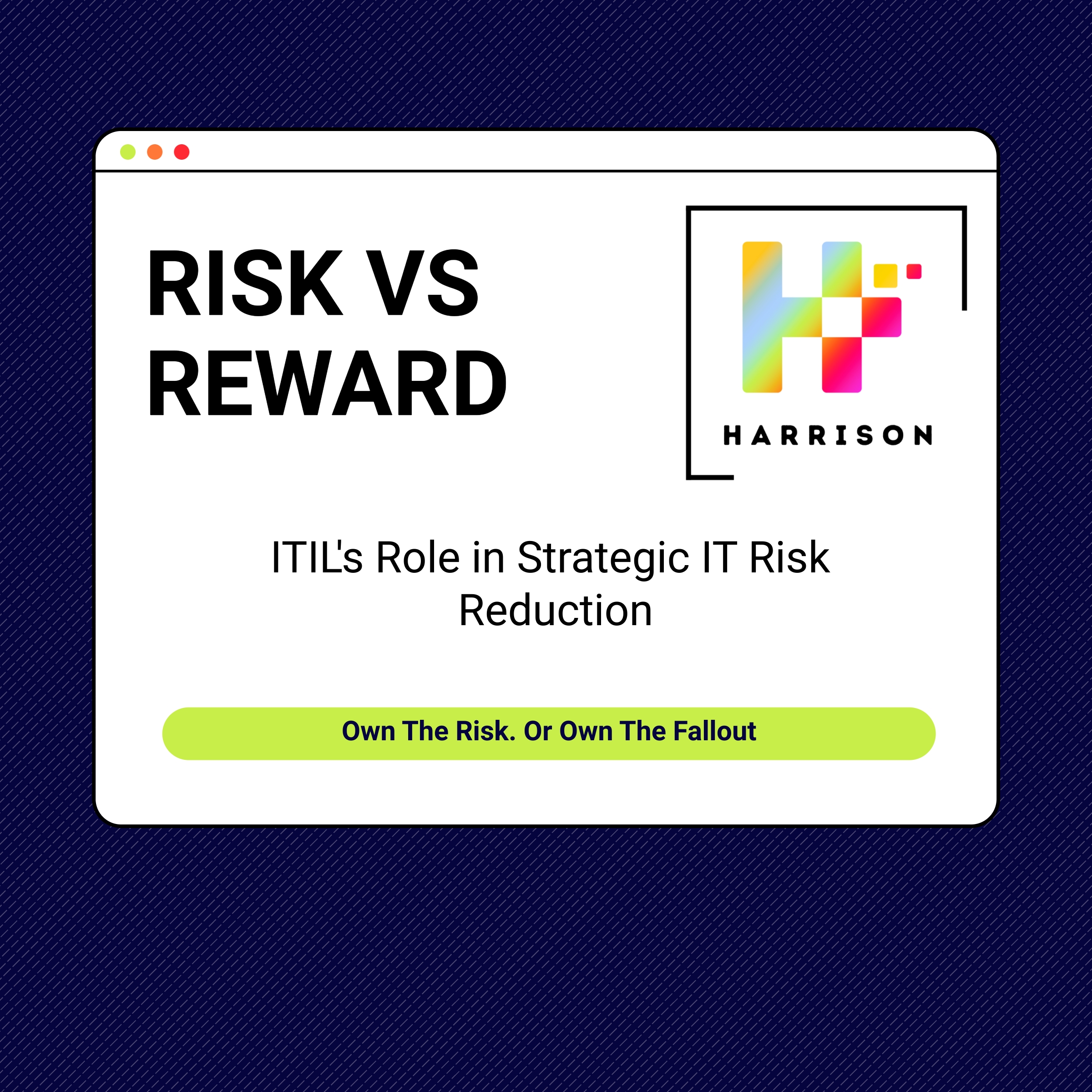Why Do IT Transformations Fail So Often?
Transformation is a term used by many in IT far too frequently for our liking and many “transformation” projects fall flat on their face. Want to know why and how you can prevent it? You’ll love this blog….
-
Introduction
-
Why Do IT Transformations Fail?
-
Is A Transformation The Only Way To Deliver Big Change?
Introduction
Over the years we have been involved with a number of “Transformations” and a good proportion of them were a cyclical event repeating themselves every 2-3 years, as the required change either hasn’t landed or, wasn’t the right direction for the organisation.
It is a familiar conversation when you get to meet the team – “ we did this a few years ago, it didn’t land and are trying again”, which may have happened several times before.
A significant number were not that Transformational either!! More a cyclical replacement/upgrade of technology and very few were led or informed by the business.
Why Do Transformations Fail?
A lack of vision
IT Transformation relies on an overall strategy that has been well formed. No strategy or a poor vision, will leave the major change directionless, often resulting in the exercise being repeated in subsequent years. The vision needs to have the right executive sponsorship so that the direction, decisions and drive are led from the very top and are aligned with a Business Vision.
We recommend
1. A Transformation must have a clear vision that clearly describes the desired outcome.
2. The vision must be linked to business and IT outcomes. We must be able to associate the IT view with the overall business view.
3. A vision should motivate and inspire. Leadership needs to bring this to life and will keep people focused.
Not enough urgency
There must be a consequence if the transformation isn’t delivered! Without this there is a “so what” moment and people do not engage with the activity. This urgency needs to be driven by the Executive team to ensure the communication and engagement across the organisation to understand the “why” in terms of the benefits and the consequence if not delivered. Communications should be targeted to ensure the right benefit/risk points are relevant to the audience.
We recommend
1. Communicate the benefits of success and the risks of failure clearly. This creates and unified sense of urgency and provides a critical understanding of why we are investing in a Transformation
2. Deliver targeted communications that clearly highlight the more detailed and relevant benefits and risks associated with the Transformation
3. Avoid just providing just “good news” communications, sharing the bad news, demonstrating that it is acknowledged, demonstrate the impact and how it affects the overall urgency and a corresponding plan/ response will support the understanding.
A need for leadership as well as management!
The vision needs to be brought to life with passion and energy! (Leadership) Transformation is not just the mechanics of getting over the line (Management) it must be about the outcomes for the customer, the staff, shareholders/investors, and any partners.
We recommend
1. Ensure you have the right people in the right roles. There is a need for both leaders and managers and too many of either will not enable a successful delivery
2. Empower your leaders to make decisions, a good leader will be an effective decision maker so don’t block their ability to do so
3. Enable your leaders to drive the communications and engagement with all stakeholders
Tools are just that!
A very common mistake is a “tooling” led transformation where the misconception that a new tool will address all of your needs without considering the capabilities required, the process change ( business and IT ) There must be a consideration across the whole enterprise to engage and change.
We recommend
1. Tooling is of course important but in a Transformation they should support business outcomes set out in the vision. If you have started with a list of new technology, you have started back to front.
2. Don’t start your “Transformation” planning with a list of new technology, it is more likely to be a Technology Refresh and is unlikely to be Transformational
3. Relate any tooling implementation to the Vision and ensure the benefits and risks are related to the success of the technology.
So often we see a vision articulated on a presentation that looks great but when it comes to manifesting the vision, the planning and lack of any notable method of getting it through the lifecycle, leads to expensive chaos! The Enterprise level planning (Target Operating Model) to ensure the breadth of capabilities are orchestrated to work together, but with the lack of low level design, the level of quality being undecided, unvalidated and inconsistent, a transition that brings the new capabilities into an operational state without causing significant disruption is near on impossible to achieve.
We recommend
1. Make sure you identify if a delivery framework is in place or is fit to deliver a “Transformation” to ensure all of the right lifecycle activities are understood and the capabilities in place before you start delivering.
2. Enterprise and Service Architecture is a must to orchestrate the people, process, technology and partners. Ensure the Vision to Roadmap is thoroughly thought through as if not done effectively it may cause significant challenges further down the line.
3. Beef up the capability across the board by using partners and developing internal teams. A transformation is a significant investment and you need to ensure you can deliver and transition effectively.
A big bang waterfall type approach is often deployed but when delivering a Transformation delivering business value in regular “Quick win” bursts is good to enhance confidence and enable early realisations of the overall vision.
We recommend
1. Deliver business value in regular “Quick win” bursts is good to enhance confidence and enable early realisations of the overall vision.
2. Use “Sprints” within a Waterfall overall plan to enable early and regular change.
3. Try a “bottom-up” approach. A bottom-up approach is great for engaging operational teams and addresses some of their challenges and may also be an enabler to support the delivery of the Transformation. E.g. Staff onboarding if problematic would need to be addressed as may delay programme activities or even influence retention of key staff.
A transformation should be flexible and be confident in changing course if a review of the goals against business strategy evidence that an improvement to the outcomes can be achieved.
We recommend
1. Don’t just measure time and cost, have a focus on benefit realisation and outcome aligned to the vision during the programme not just at the end of a cycle or when it has gone live.
2. If there is any deviation from the vision, deal with it quickly and make a decision
Keep the business stakeholders close so they can see real examples of what is being delivered not just the progress reporting. If closely engaged the feedback is invaluable and can help correct quickly
The definition of transformation is a “revolutionary” radical change and of course these are an important option for delivery of change but perhaps we need to rethink these major cyclical events and develop a culture of iterative “evolutionary” transformation.
There are a number of ways to transform that you should consider which are:
Option 1 – The Transformation Programme
We covered some of the most experienced failings of a major transformation however they are credible option as a mechanism for delivering the “revolutionary” change that takes an organisation in a new direction.
Option 2 – Formal Programme (Top down) and a “Quick Win” team (Bottom up)
Major change needs the structure and governance to lead and drive the delivery of a significant investment however establishing a team that can address some of the immediate challenges helps to engage the operational teams, provides near term improvement and addresses any potential blockers for the more complex change being driven by a programme.
Option 3 – Establish a culture of continuous improvement/change
This option takes time to establish but once embedded can be very effective and agile in how the organisation changes. There is still the need for an overarching vision but instead of this being developed on a 2-3 year cycle it is being developed and reviewed on a much more frequent basis ( Quarterly )
Don’t take your change journey lightly. If you would like to talk to us about what option is best for you or want to explore more deeply on how you can mitigate some of the symptoms we have described in our blog, get in contact!
Email info@harrisonjamesit.com or visit harrisonjamesit.com
Follow us
Latest articles
November 11, 2025
November 11, 2025
November 11, 2025
November 11, 2025
November 11, 2025
November 11, 2025








